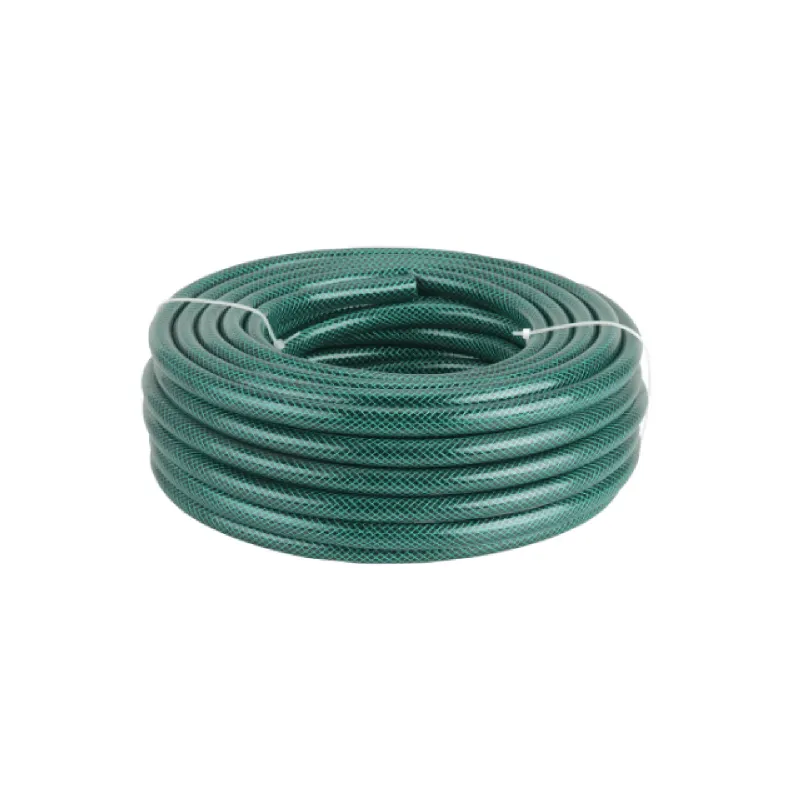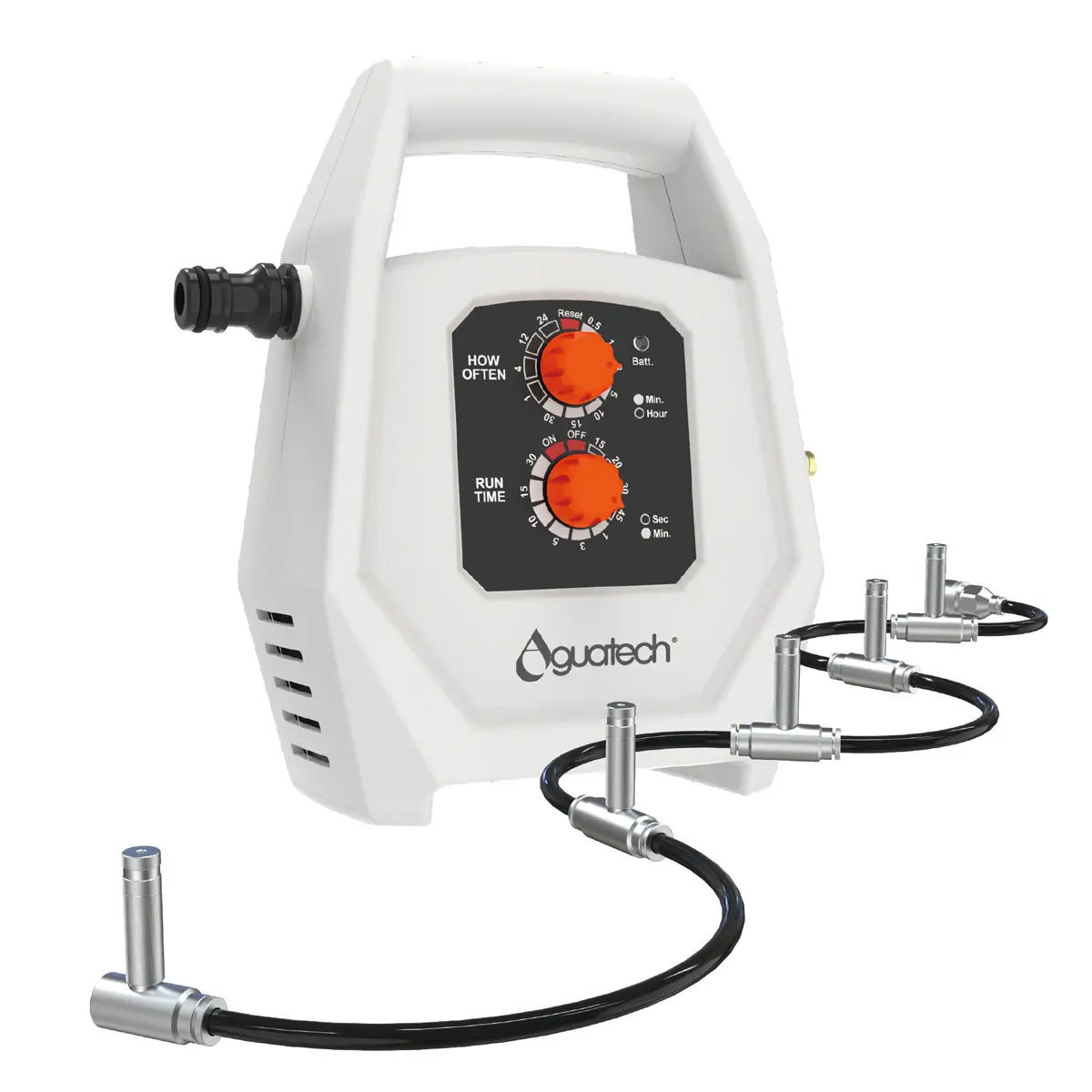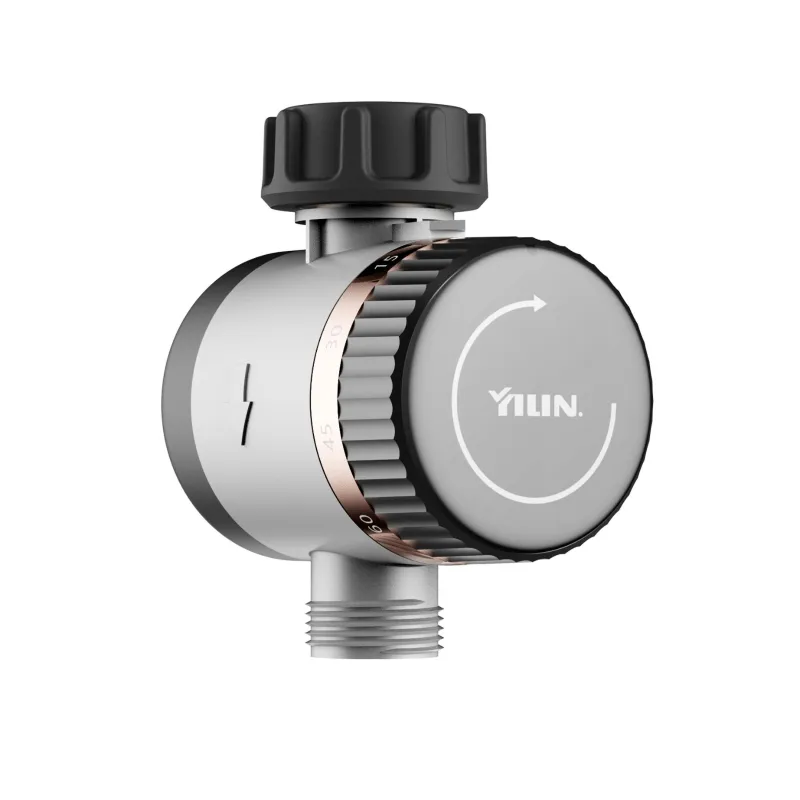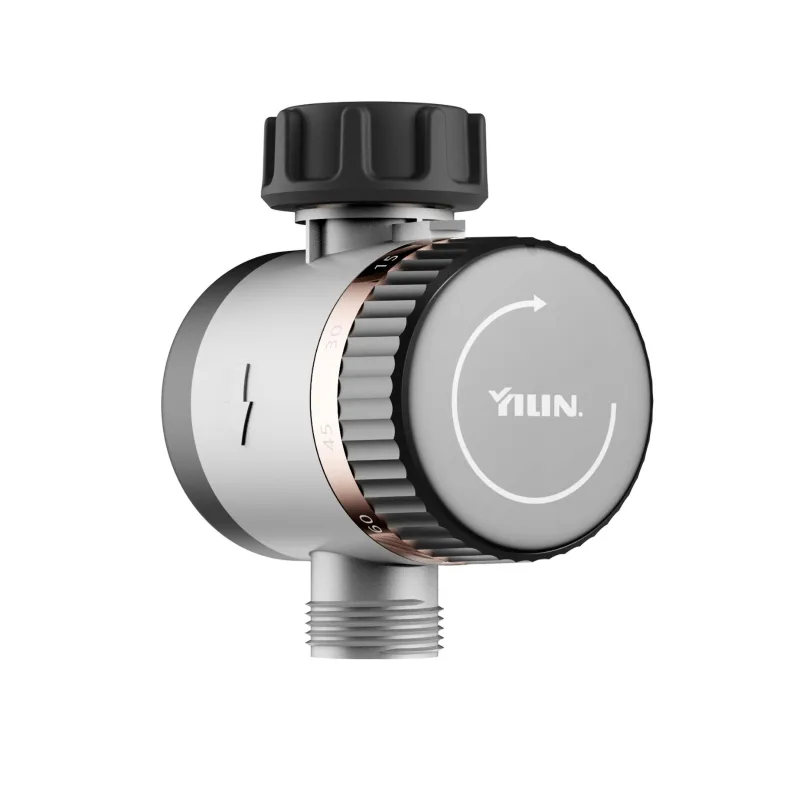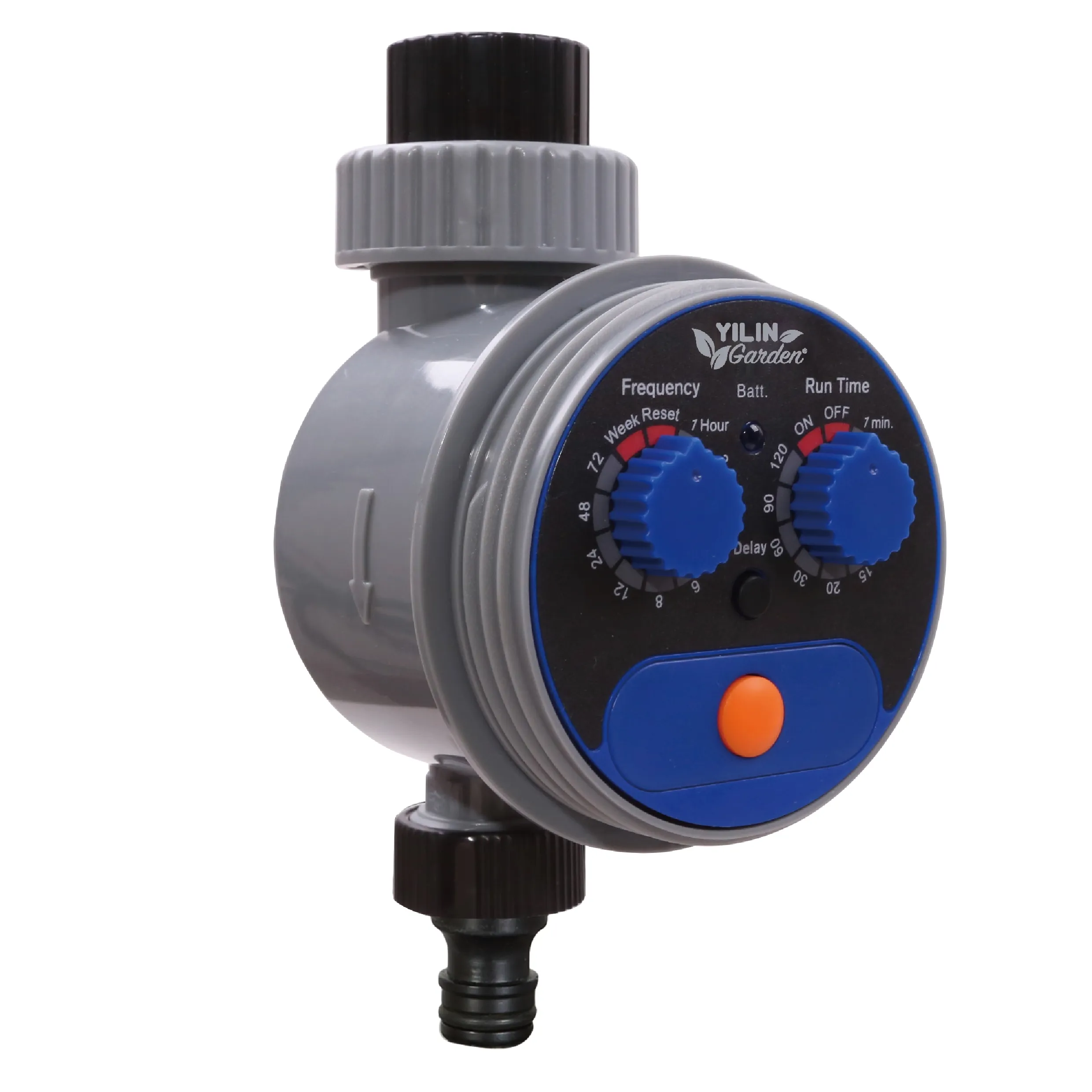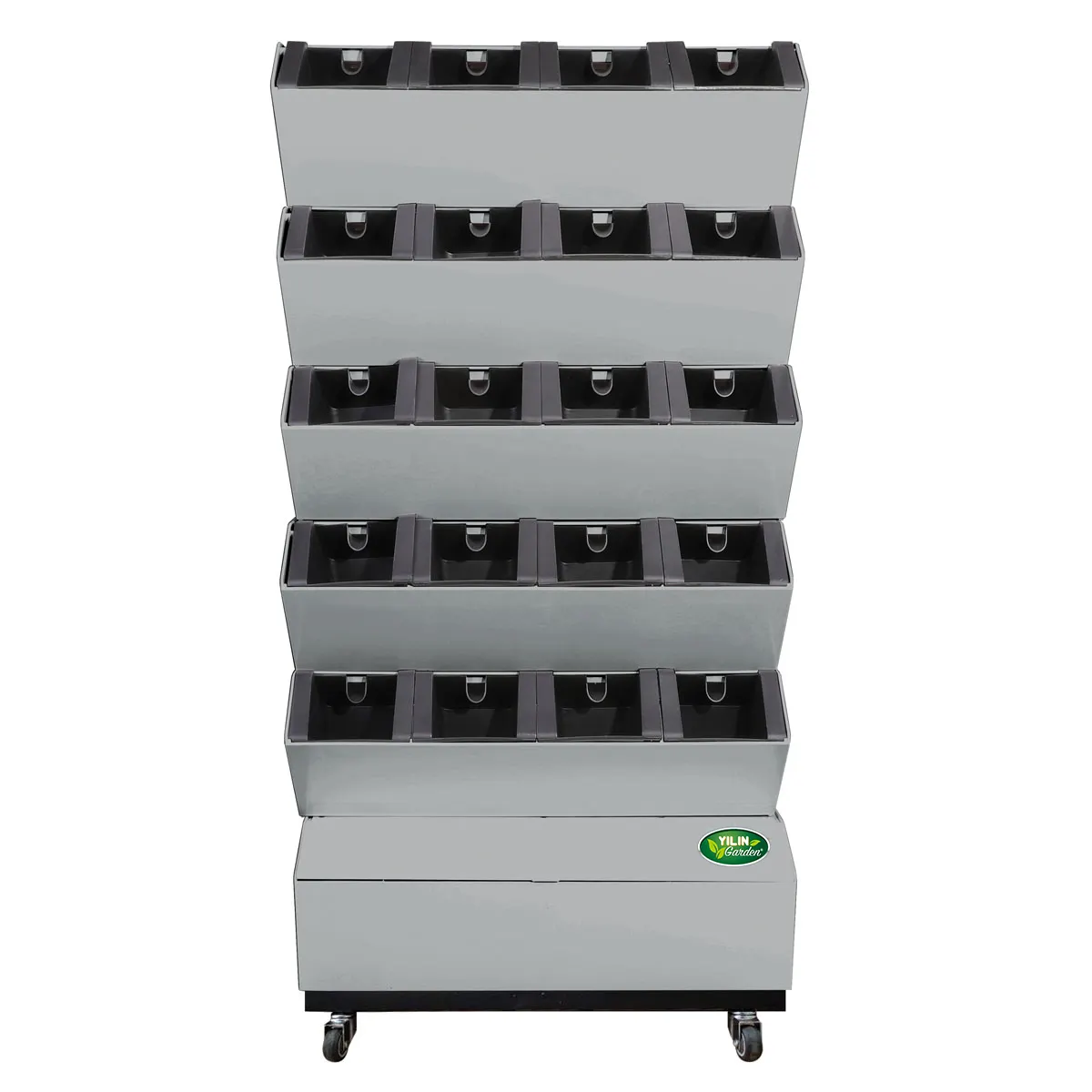drip irrigation and sprinkler irrigation
Drip irrigation and sprinkler irrigation represent two innovative approaches to modern agricultural and landscaping water management. Drip irrigation operates through a network of tubes and emitters that deliver water directly to plant roots, minimizing waste through precise application. The system typically consists of mainlines, sub-mainlines, and lateral lines with drippers that release water at controlled rates. Operating at low pressure, drip systems can maintain optimal soil moisture levels while using 30-50% less water than traditional methods. Sprinkler irrigation, conversely, simulates natural rainfall by spraying water through pressurized nozzles. This system comprises a pump unit, mainlines, laterals, risers, and sprinkler heads that can cover large areas efficiently. Modern sprinkler systems often incorporate smart controllers, rain sensors, and adjustable spray patterns to enhance water distribution efficiency. Both systems can be automated and integrated with soil moisture sensors and weather monitoring devices, allowing for precise irrigation scheduling based on real-time conditions. These technologies find applications in diverse settings, from commercial agriculture and greenhouse operations to residential landscapes and public parks, offering tailored solutions for various irrigation needs.





